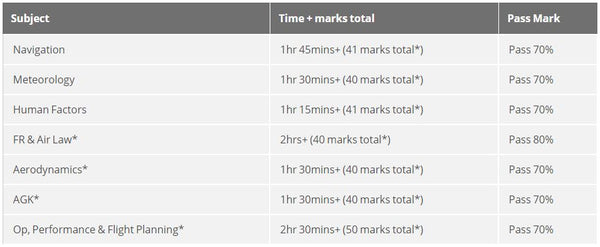How To Become a Pilot - Step 3: Achieving Your CPL
Now that you have gained your PPL, it's now time to take the next step and begin training for your Commercial Pilot Licence (CPL).
You have already learnt how to physically fly the aircraft during your initial stages of training, following that you have learnt how to navigate and fly to various airports. So what does your CPL training involve?
The essence of your CPL training is to take the skills you have already gained and refine them to a much higher standard. As you could imagine, fare paying passengers want the best pilots available flying them to their destinations. To hone in your skills and meet the standards required to become a Commercial Pilot you need more experience. Therefore, a large amount of your CPL training involves solo "hour building". See below the current research pertaining to the link between pilot experience and pilot performance
Another big part of your CPL is the theory exams required to be passed. Variations exist from state to state, however, generally the CPL written component consists of seven exams. For example, the Australian Civil Aviation Safety Authority examines prospective CPL pilots on the following:
Table 1. CASA CPL Theory Exams
Once you have completed all of your theory exams, acquired the necessary experience, and you meet the standard for a Commercial Pilot, you are eligible to sit your CPL flight examination.
The CPL flight examination is similar to your PPL, however, it is much more in-depth. You are also required to complete certain tasks (i.e. pre-flight planning) within a defined time frame to simulate a real life scenario with fare paying passengers. The tolerances on flying parameters such as altitude, speed etc. are also more stringent.
Once you have passed your CPL flight test you are now eligible to work as a pilot for hire or reward!
Most people falsely believe this is the end of the journey to become a pilot, however, this is just the beginning.
-- Stay tuned for the next blog in this series:
How to gain employment as a Commercial Pilot.
Fly safe!
Shane

